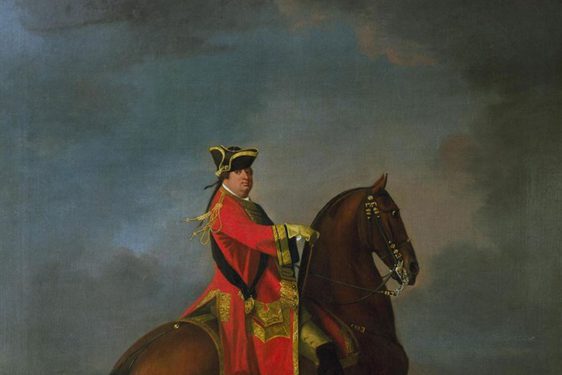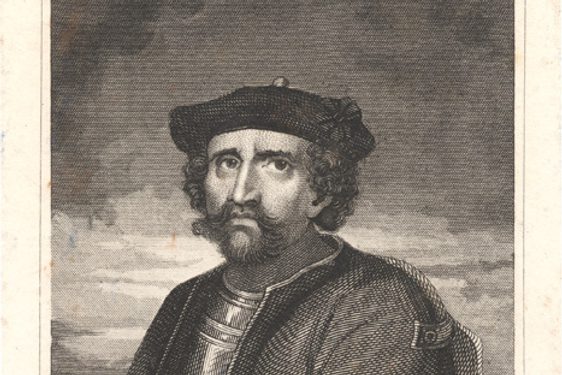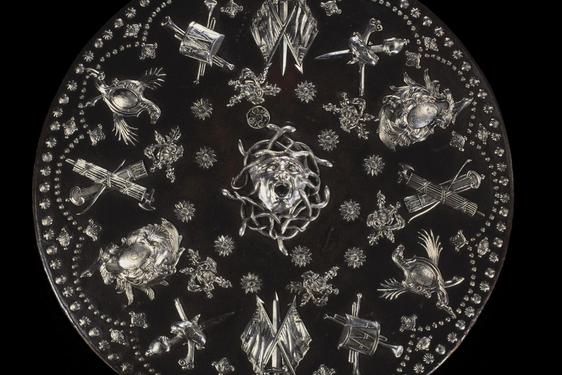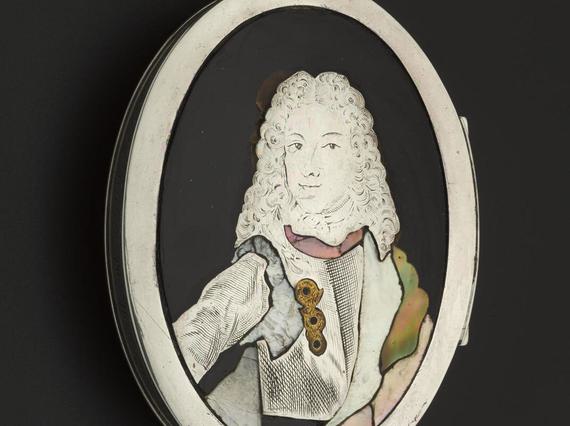
Flora MacDonald: An unlikely Jacobite heroine
News Story
Flora MacDonald famously helped Charles Edward Stuart escape Scotland after the 1745 rising was crushed. A silver snuffbox, a treasured heirloom of her clan, links the romantic pair.
Who was Flora Macdonald?
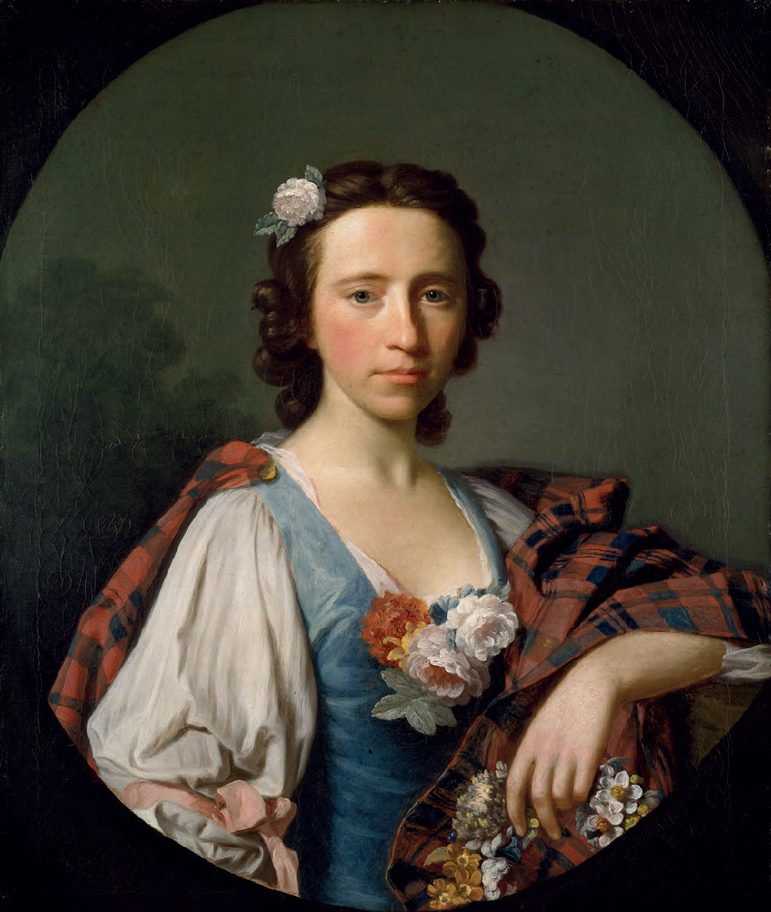
Flora MacDonald was born on the island of South Uist, in the Outer Hebrides, in 1722. After her father's death, she was brought up under the care of the chief of her clan, the Macdonalds of Clanranald.
In 1746, 24-year-old Flora was living on the neighbouring island of Benbecula. And it was here that she met Charles Edward Stuart, popularly known as Bonnie Prince Charlie – and stepped into the pages of history.
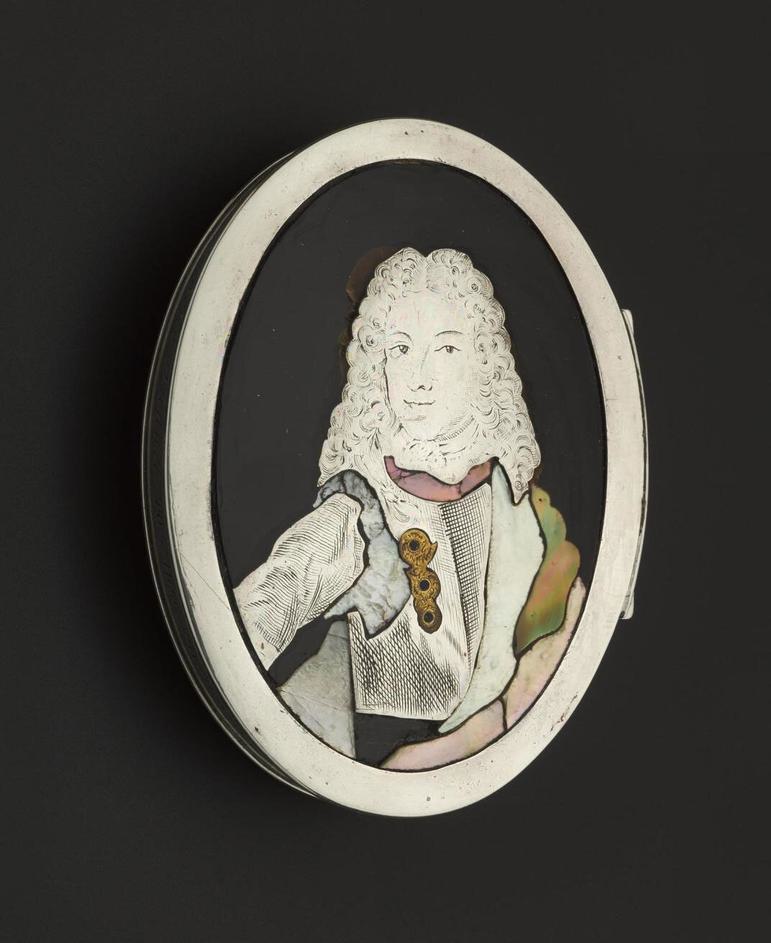
Flora MacDonald and Bonnie Prince Charlie
After the defeat of his army at Culloden on 16 April 1746, Charles Edward Stuart had been led to safety by a Jacobite general. But as a wanted man with a price on his head, escaping Scotland would not be easy.
By late April he and four companions had made their way through a storm to Benbecula. Here they met Flora, who assisted Charles’ escape and smuggled him to the Isle of Skye dressed, at her suggestion, as her serving maid ‘Betty Burke’.
The escape would later be immortalised in the 'Skye Boat Song', published in 1884:
Speed bonny boat like a bird on a wing, Onward the sailors cry. Carry the lad that's born to be King, Over the sea to Skye.
Skye Boat Song

An unlikely Jacobite heroine
Although the MacDonalds were sympathetic to the Jacobite cause, Flora herself was a Presbyterian, and not a willing Jacobite supporter. She initially refused to help, fearing that her clan chief would be punished if her attempts to help the prince were discovered.
She later claimed that she had acted from charity, telling the Duke of Cumberland that she would have done the same for him if he had been in Charles's position.
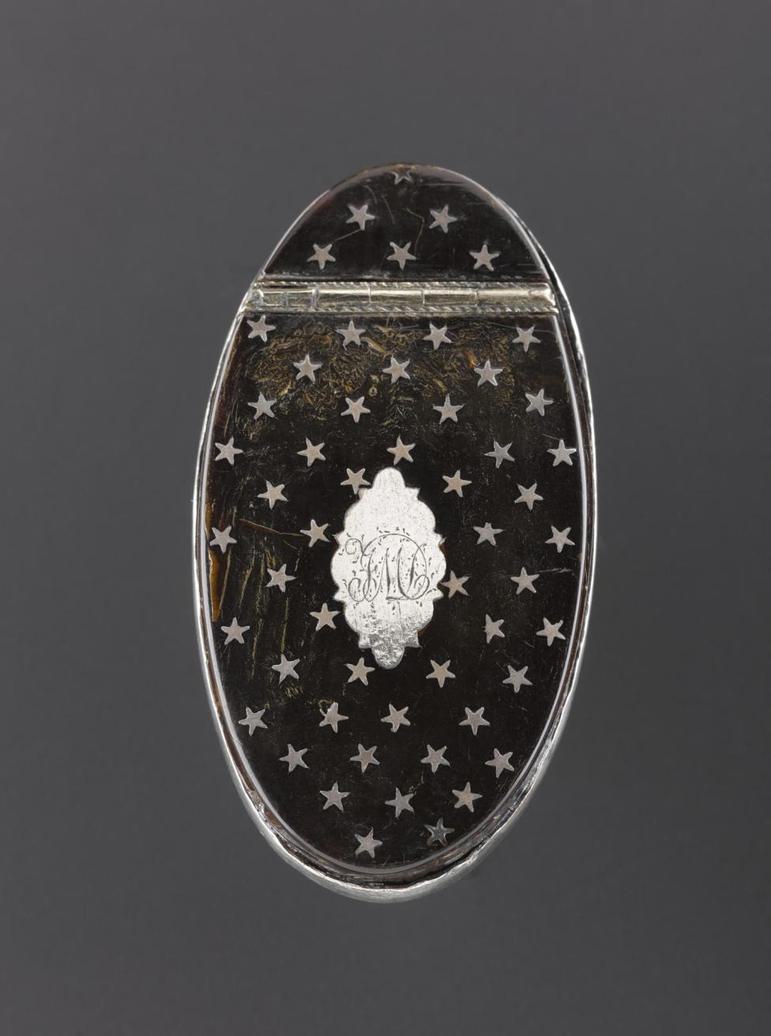
What happened to Flora?
Flora was arrested on 12 July and spent a year in prison. She returned to Skye, where she married Allan MacDonald of Kingsburgh.
Her involvement in Bonnie Prince Charlie's escape had made her something of a celebrity, and in 1773, the famous poet and critic Samuel Johnson visited her on Skye.
The following year, Flora and her husband emigrated to America but were again caught up in conflict, with Allan MacDonald fighting on the side of the British during the War of Independence. He was captured and imprisoned, so in 1779, Flora returned to Skye, where she lived with her brother until her husband's release and return.
Flora died in 1790, at the age of 68, and she was buried in Kilmuir cemetery, on Skye. Engraved on her memorial is a tribute to her from Samuel Johnson:
Flora MacDonald. Preserver of Prince Charles Edward Stuart. Her name will be mentioned in history and if courage and fidelity be virtues, mentioned with honour.
Tribute to Flora MacDonald from Samuel Johnson
What happened to Bonnie Prince Charlie?
Charles escaped Scotland forever on French frigate L’Heureux sailing from near Arisaig on 20 September 1746. It was the end of the Stuart attempt to reclaim the British throne. He died from a stroke in Rome on 31 January 1788.
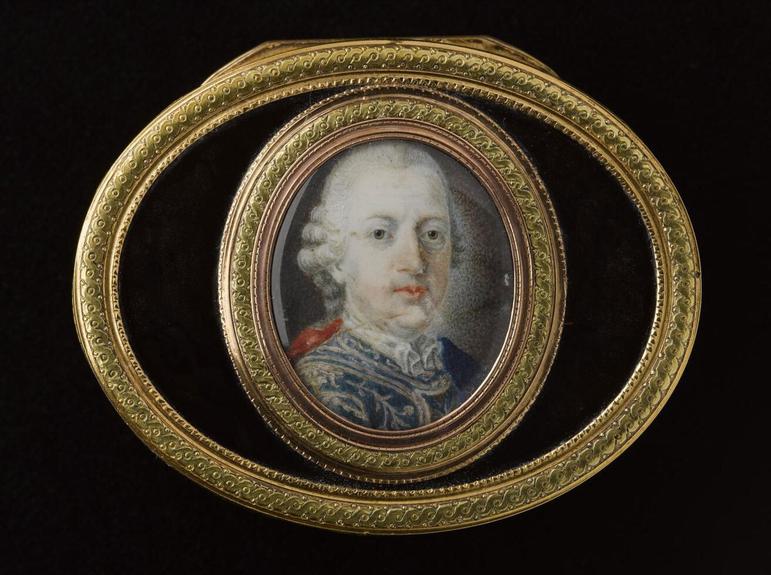
A romantic myth
As the bitterness around the Forty-Five subsided, there was a rise in the romantic interest around the Jacobites and the prince, especially his short time with Flora MacDonald. Mementoes or relics like the snuffbox which linked Flora and the Prince, were highly sought after. The snuffbox is said to have been given as a gift from a grateful Charles to Flora. An inscription has been added to it to memorialise the event. Although their encounter was brief, their names have become inextricably linked.
